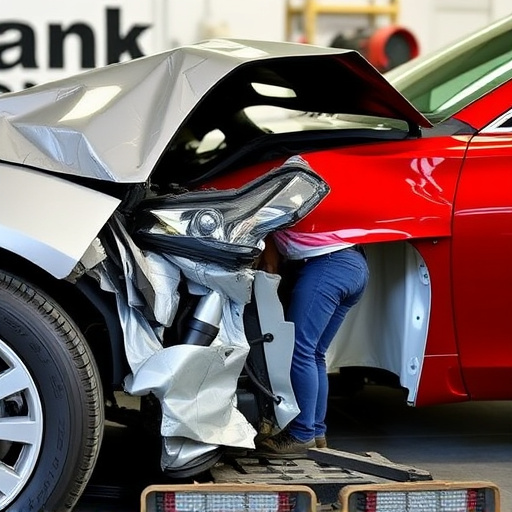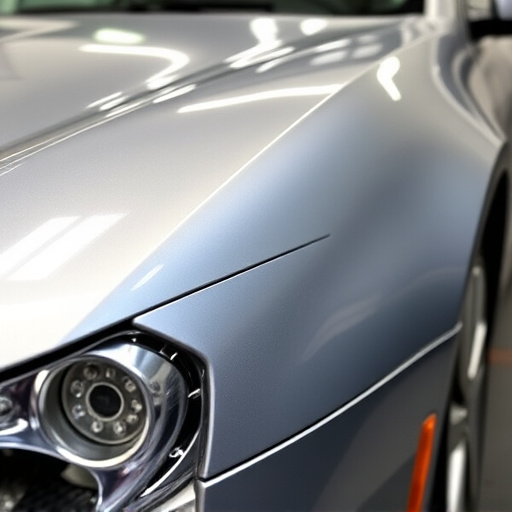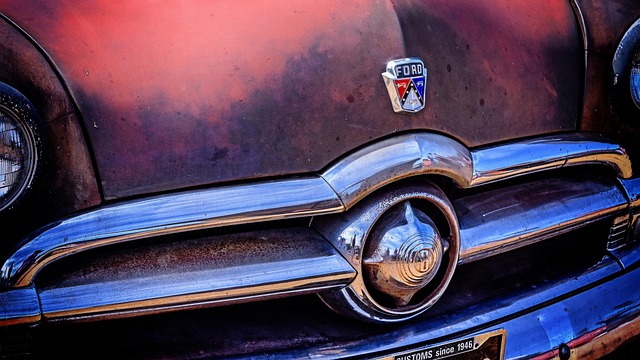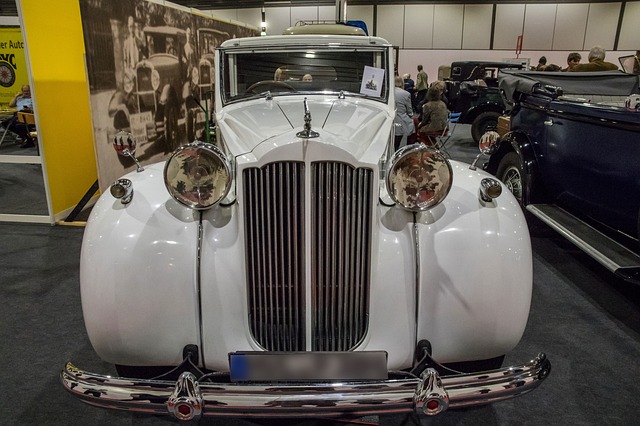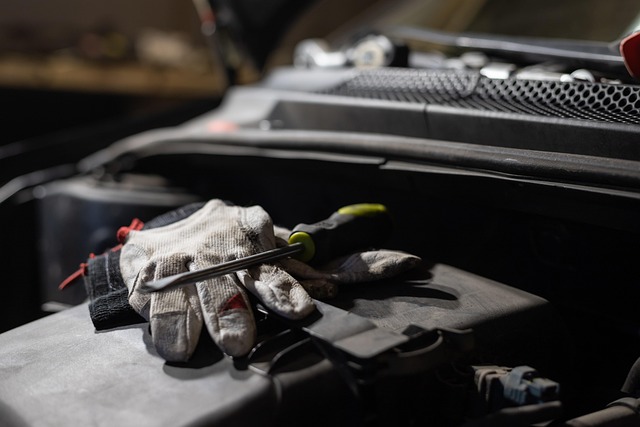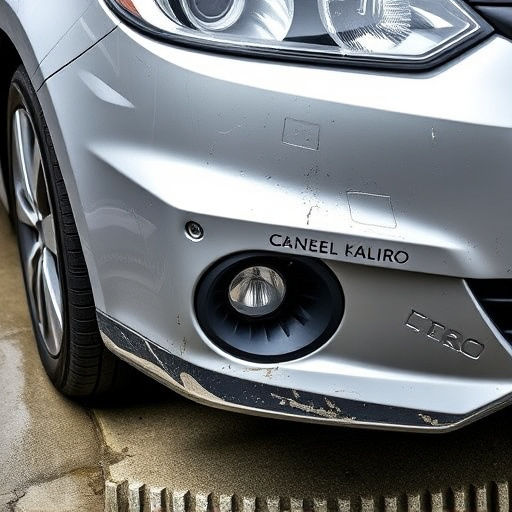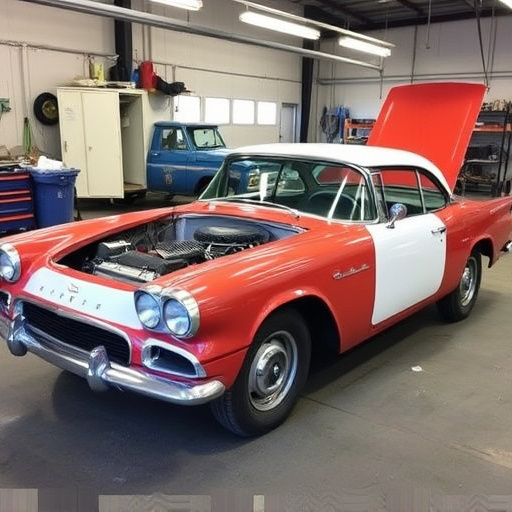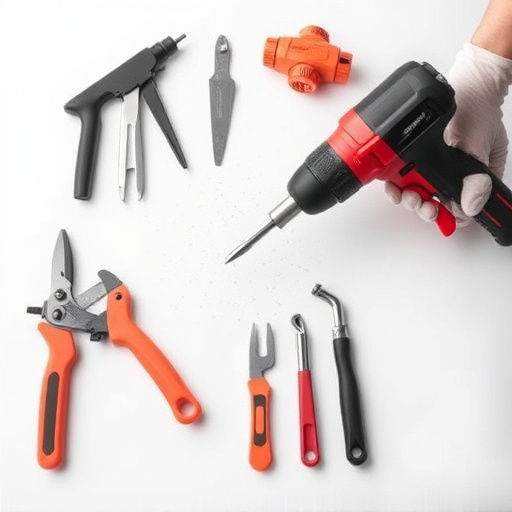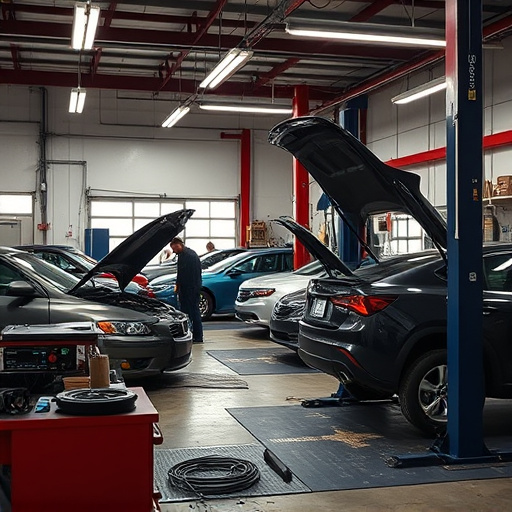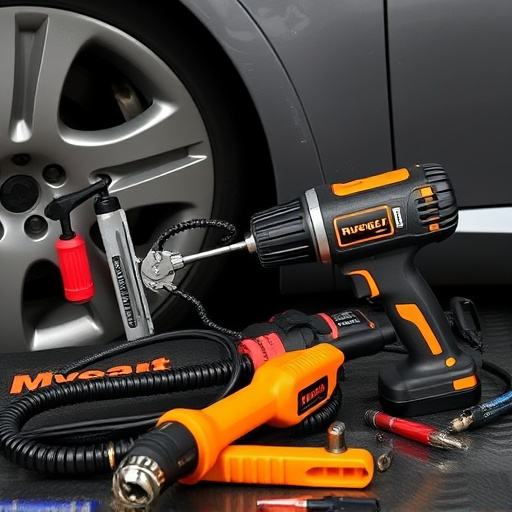OEM (Original Equipment Manufacturer) certification is vital for maintaining factory standard repair across dealerships and certified repair centers. Dealerships, as key facilitators, collaborate closely with repair centers, providing access to specialized tools and training. This partnership ensures high-quality repairs conducted by skilled technicians, preserving vehicle warranties and maintaining factory-like condition. For consumers, this translates to safe, reliable repairs that preserve vehicle value throughout ownership.
In today’s automotive landscape, the partnership between dealerships and Original Equipment Manufacturer (OEM) certified repair centers is vital. This collaboration ensures factory standard repair across vehicle brands, maintaining quality and safety standards.
This article explores how dealerships play a crucial role in facilitating these certified repairs, delving into the benefits and challenges for both parties while emphasizing the importance of their symbiotic relationship in delivering top-notch service to consumers.
- Understanding Factory Standard Repair: The OEM Certification
- The Role of Dealerships in Facilitating Certified Repairs
- Benefits and Challenges for Both Parties: A Collaborative Approach
Understanding Factory Standard Repair: The OEM Certification
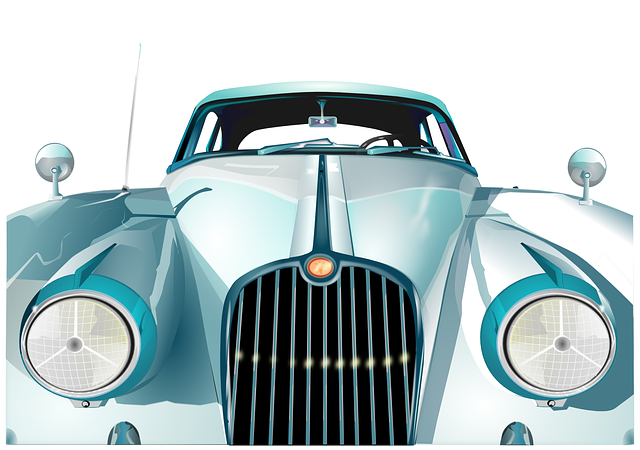
OEM (Original Equipment Manufacturer) certification is a critical aspect of maintaining factory standard repair across dealerships and certified repair centers. This certification ensures that technicians are trained and equipped to perform repairs using only genuine OEM parts, adhering to the manufacturer’s strict guidelines and specifications. By embracing OEM certification, both dealerships and repair centers uphold the quality and integrity of the vehicle’s original design and performance.
The OEM certification process involves rigorous training programs, practical assessments, and a deep understanding of the vehicle’s intricate systems. Technicians learn not only how to fix but also how to preserve the car’s aesthetic, including expert auto body restoration and precise car paint repair techniques. This ensures that after any collision repair or other service, the vehicle returns to its original state, providing owners with peace of mind and a like-new driving experience.
The Role of Dealerships in Facilitating Certified Repairs
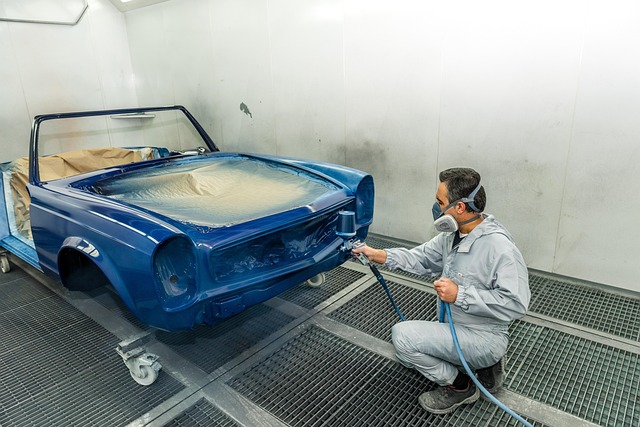
Dealerships play a pivotal role in facilitating OEM (Original Equipment Manufacturer) certified repairs, ensuring that vehicles are restored to their factory standard. As the primary point of contact between car owners and manufacturers, dealerships are instrumental in maintaining the integrity of a vehicle’s original design and performance. They partner closely with OEM certified repair centers, providing them with access to specialized tools, training, and parts designed specifically for their models.
Through these partnerships, dealerships ensure that repairs are conducted by highly skilled technicians who follow stringent protocols. This not only guarantees the quality of auto repair services but also safeguards the vehicle’s warranty. Whether it’s addressing a minor car dent repair or performing complex auto collision repair, dealerships and OEM certified centers work together to deliver top-notch service while preserving the factory-like condition of the vehicle.
Benefits and Challenges for Both Parties: A Collaborative Approach

For dealerships and OEM (Original Equipment Manufacturer) certified repair centers, fostering a collaborative relationship offers a multitude of benefits. Dealerships benefit from access to factory standard repair expertise and advanced training, ensuring that vehicles are repaired to the highest possible standards. This enhances customer satisfaction and loyalty by providing top-quality service, which in turn can drive sales through repeat business and positive word-of-mouth referrals.
Meanwhile, OEM certified repair centers gain a steady stream of work from dealerships, providing consistent revenue and opportunities for growth. By partnering with dealerships, these centers also expand their reach into the market, access dealership customer bases, and establish themselves as trusted experts in automotive repair—including specialized services like car scratch repair and automotive collision repair. This collaboration ultimately benefits consumers by ensuring safety, maintaining vehicle value, and promoting a seamless experience throughout the entire ownership journey.
Dealerships and OEM certified repair centers play complementary roles in ensuring factory standard repair, enhancing vehicle quality and customer satisfaction. By collaborating, they can overcome challenges like skill gap and parts availability, ultimately fostering trust and profitability for both parties. This symbiotic relationship is crucial for maintaining the integrity of vehicle manufacturing standards in today’s competitive automotive landscape.
